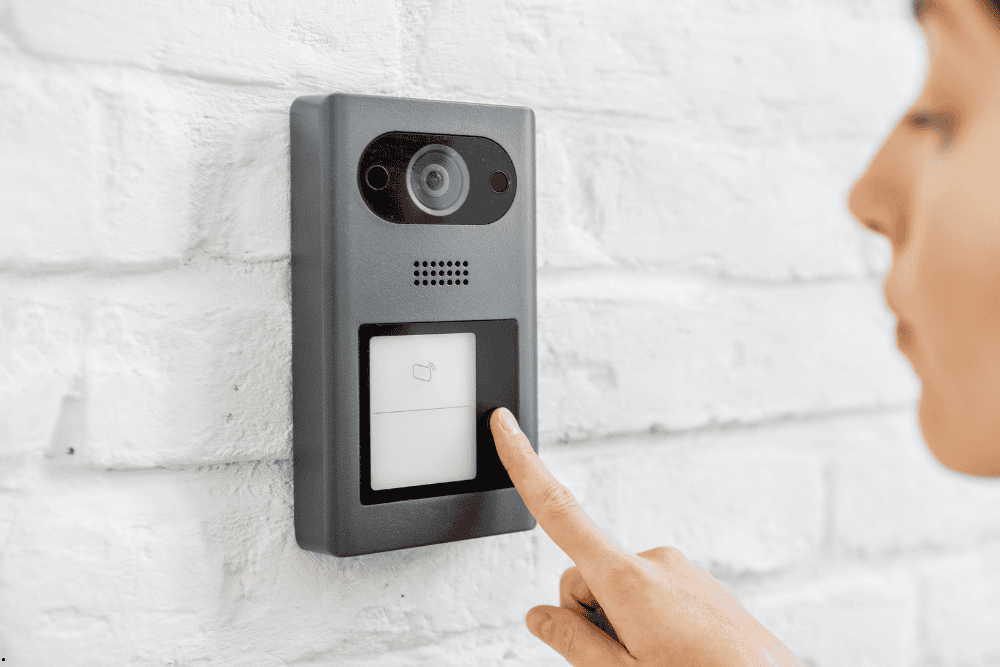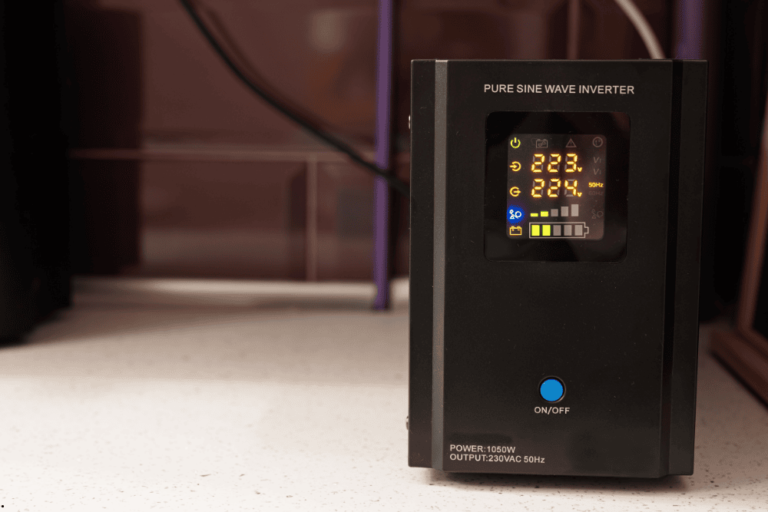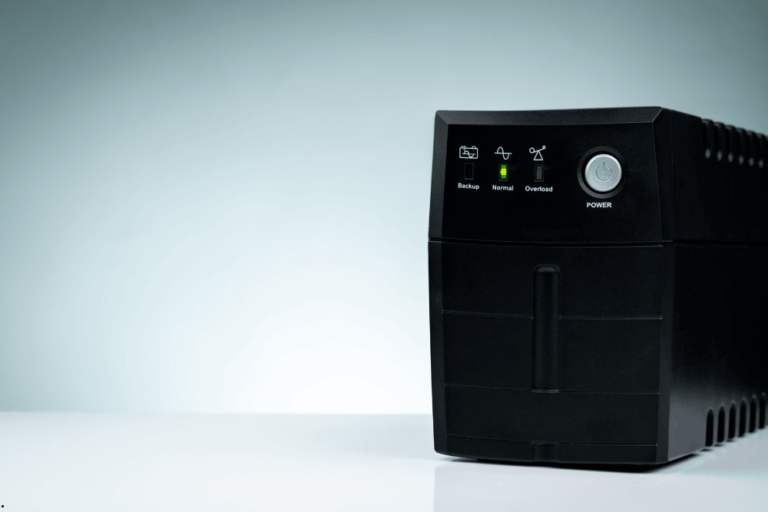

Audio and Intercom Systems: How to Choose the Right System for Your Needs
Audio and intercom systems are fundamental components in both residential and commercial buildings, providing efficient and reliable solutions for internal communication, security management, and facility control. Whether you aim to install an audio system for your office environment or a full-featured intercom system for your home, making the right choice can significantly enhance convenience, improve safety, and streamline communication among occupants.
With the rapid advancements in technology, modern audio and intercom systems have evolved beyond simple voice transmission devices. Today’s systems boast advanced features like smartphone integration, high-definition video capability, remote access, and seamless integration with security and surveillance equipment. This article offers a comprehensive guide on how to choose the best audio and intercom systems tailored to your specific requirements, ensuring optimal performance and usability.
The Importance of Audio and Intercom Systems in Modern Buildings
Audio and intercom systems are more than just communication tools; they are integral to the infrastructure of smart homes and commercial buildings, delivering numerous benefits:
Enhancing Security: Intercom systems allow residents or employees to verify the identity of visitors before granting access, acting as a first line of defense against unauthorized entry.
Improving Communication Efficiency: In large buildings such as offices, hospitals, schools, and residential complexes, these systems provide a rapid and clear channel for broadcasting announcements, instructions, or emergency alerts.
Managing Facilities: They are effective for managing and coordinating activities within public spaces or multi-room buildings, helping maintain order and streamline operations.
Supporting Accessibility: Intercoms facilitate easier communication for people with mobility issues, enabling them to connect quickly with building management or security.
By investing in the right audio and intercom systems, building owners can not only boost security but also enhance the overall user experience, promoting a safer and more connected environment.
Types of Audio and Intercom Systems Explained
To choose the most suitable system, it’s essential to understand the different types of audio and intercom systems available on the market, each with its unique strengths and ideal use cases.
1. Public Address Systems (PA Systems)
Purpose: Widely used in schools, hospitals, shopping centers, and commercial buildings to broadcast announcements, alerts, and background music.
Features: Provide broad sound coverage ensuring messages reach every corner of the building.
Emergency Use: Critical in emergencies for guiding occupants toward safe evacuation routes.
Ideal For: Large venues where mass communication is necessary.
2. Wired Intercom Systems
Setup: Utilize physical wiring to connect stations within a building.
Reliability: Offer consistent, interference-free communication with excellent sound quality.
Installation: Best suited for new constructions or renovations where running cables is feasible.
Ideal For: Offices, apartment complexes, and buildings prioritizing robust communication lines.
3. Wireless Intercom Systems
Technology: Employ Wi-Fi, Bluetooth, or radio frequencies for communication.
Flexibility: Easily installed without the need for extensive wiring, perfect for retrofit projects.
Portability: Units can be relocated as needed, providing flexibility.
Ideal For: Older buildings, temporary setups, or places where wiring is impractical.
4. Video Intercom Systems
Security: Combine audio with real-time video feed, allowing visual verification of visitors.
Integration: Often linked with CCTV and door access control systems for enhanced security.
Convenience: Some models feature touchscreen controls and smartphone app compatibility.
Ideal For: Smart homes, luxury residences, gated communities, and secure office buildings.
5. IP Intercom Systems
Connectivity: Use internet protocol networks to transmit audio and video.
Remote Access: Allow remote communication via smartphones or computers from anywhere in the world.
Scalability: Easily expandable and integrable with other smart building systems.
Ideal For: Modern smart buildings, multi-site offices, and technologically advanced residential projects.
How to Select the Right Audio and Intercom System
Choosing the right system involves careful consideration of your unique building needs, usage scenarios, and budget constraints.
Step 1: Assess Your Communication Needs
Determine if you require a simple audio communication system or a more advanced video intercom setup.
Consider if the system needs to be integrated with other security or home automation systems.
Define whether the system’s primary function is internal communication, visitor management, or emergency broadcasting.
Step 2: Evaluate the Building Size and Layout
Large buildings may necessitate central public address systems combined with intercoms to cover extensive areas.
Smaller homes or offices might only need basic wireless or video intercom systems.
Take note of structural factors like walls, floors, and interference sources that could affect wireless system performance.
Step 3: Set a Realistic Budget
Prices can vary widely based on system complexity, brand, and features.
Balance your budget with the quality and scalability you need.
Remember that wired systems typically cost less initially but may require more labor for installation.
Step 4: Consider Compatibility and Integration
Ensure that the chosen system supports integration with existing security systems, such as CCTV cameras, electronic door locks, and alarm systems.
IP-based systems provide greater flexibility for future upgrades and smart home integration.
Step 5: Prioritize User-Friendly Features
Look for systems with intuitive interfaces, mobile app controls, and easy maintenance.
Systems that offer group calling, intercom paging, and message broadcasting add functional value.
Benefits of Investing in Advanced Audio and Intercom Systems
Enhanced Security: Video intercoms allow clear verification before granting access, reducing unauthorized entries.
Improved Communication: Real-time announcements and calls boost operational efficiency and occupant safety.
User Convenience: Remote monitoring and control via smartphones add unmatched flexibility.
Cost Efficiency: Effective communication systems can reduce the need for physical security personnel and improve incident response times.
Integration with Smart Technologies: Modern systems can link seamlessly with home automation, lighting, HVAC, and security platforms.
Leading Brands in Audio and Intercom Technology
To ensure quality, durability, and support, consider systems from well-established manufacturers known for their innovation and reliability:
Hikvision: Renowned for advanced video intercoms with robust integration capabilities.
Panasonic: Offers a wide range of wired and wireless systems noted for clear audio and video quality.
Aiphone: Popular for elegant, reliable residential and commercial intercom solutions.
Comelit: Known for smart, app-enabled video intercom systems designed for modern living.
Conclusion
Selecting the appropriate audio and intercom system is a vital step toward achieving efficient communication and enhanced security within your building. By carefully assessing your requirements, exploring available technologies, and considering future scalability, you can invest in a system that not only meets but exceeds your expectations. Modern audio and intercom systems are essential components of smart building infrastructure, providing peace of mind and convenience for residents, employees, and visitors alike.


